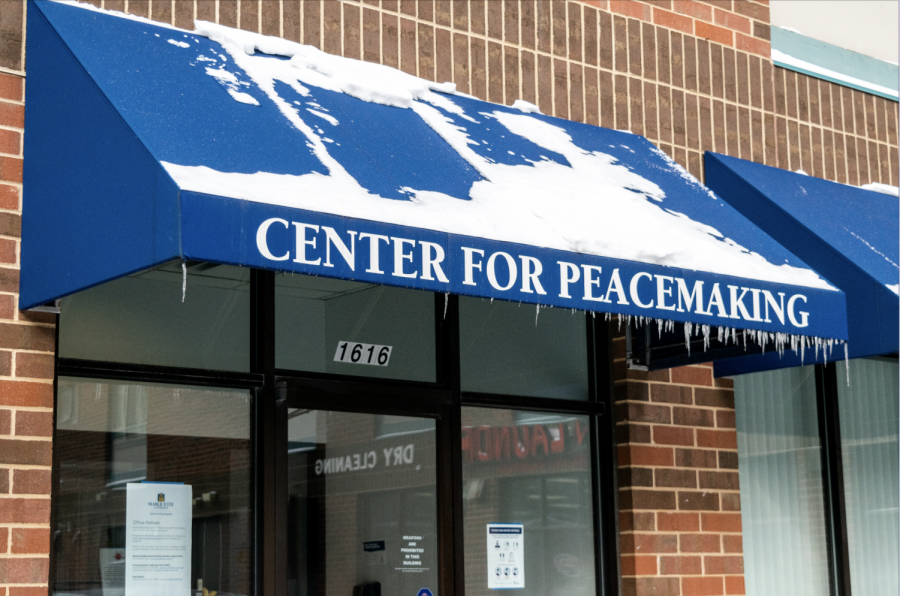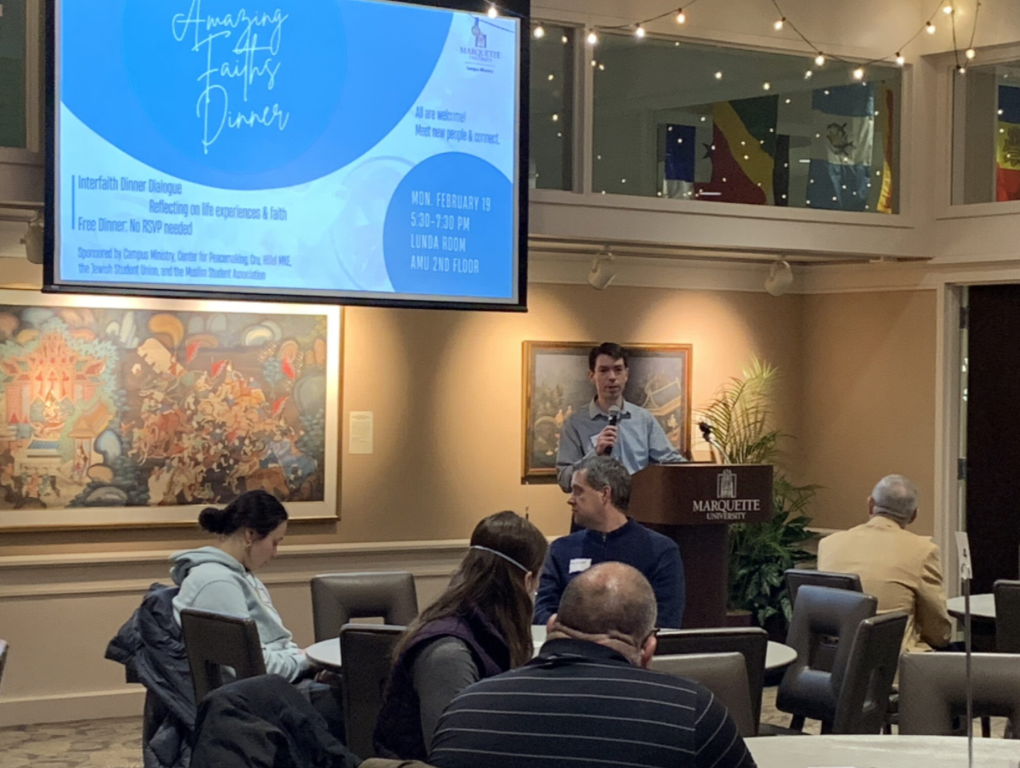“For me this was an experience that was both transformative and in some ways emotional,” Amyah Brooks, a first-year student in the College of Arts & Sciences said.
Marquette’s Center for Peacemaking initiated a civil rights pilgrimage that took place over Winter break. Students from Marquette were offered an opportunity to explore monuments, museums, and real life history through the Southern United States to bring themselves closer to the dark, yet moving civil rights movement.
“The program we put together was a collaboration of offices across campus,” Christopher Jeske, associate director of the Center for Peacemaking said. “It was the Center for Peacemaking and we had others involved in supporting the program from the Office of Institutional Diversity and Inclusion and the libraries, arts & sciences and the office of black student initiatives.”
The trip started in Milwaukee, moved to St. Louis and then to Memphis, Tennessee. Eventually it got all the way to Montgomery and Birmingham, Alabama encouraging students to dive deep into the history and to learn outside the classroom about the unfortunate reality and continued racism in the United States.
“It was amazing to be able to learn about this history that we don’t traditionally get to learn about in most history classes,” Brooks said. “It was American history through the lens of Black Americans.”
Brooks said that the experience was both moving and uncomfortable at some times because of how deep the racist history is rooted in places she traveled. At one point during the trip, she stood on the same ground as those who were innocently lynched.
“It was so terrible and sad to see and all I could think was why did this happen,” Brooks said.
Several of the students on the trip said that their motivation for attending was to learn more about the history of the civil rights movement.
“For me, when I was thinking about this trip and I was thinking on my own education and I knew that I didn’t have much experience or knowledge other than basic names and basic events,” Nathan Russel, a sophomore in the College of Arts & Sciences said. “I kind of looked at the trip as an opportunity to learn more about the inequalities people still experience to this day,”
Russel is also a Center for Peacemaking admin intern and works directly with Marquette employees to increase initiatives like the civil rights pilgrimage. He said that he can only hope that more students embark on the civil rights pilgrimage for years to come.
“I think the trip highlights a lot of things that we don’t learn about in most educations regardless of where we live,” Russel said. “I think that is was a great way to kind of open up your mind to a lot of things you might not have known about regarding the civil rights movement.”
Jeske said that the group on the pilgrimage had three objectives to accomplish while on the trip: for students to learn about the history, for students to engage in personal discernment and to experience a deepening of faith.
The pilgrimage was well received as most of the students went above and beyond in accomplishing those objectives moments after each stop. Jeske spoke in the impact he noticed the pilgrimage had on the students.
“In terms of the impact of the trip it definitely had an impact on all of the students and we really saw that in the students’ personal reflections and them filling the gaps of their knowledge of history,” Jeske said.
Sometimes students would have group discussions about their feelings of the pilgrimage as well as some individual journaling. At the end of the pilgrimage, the students submitted their final written reflections.
While the students praised the experience and the opportunity of the pilgrimage, they weren’t shy at sharing the upsetting reality of America’s history.
“There is a very large aspect to when it comes to oral history that is so much different than sitting in a classroom,” Russel said. “We went to a monument named the National Monument for Peace and Justice, It had big pillars and posts that were hanging on the top and every block that is hanging has a county and a state along with all of the names of people who were lynched during the civil rights movement.”
Brooks said that her favorite location not only displayed the civil rights movement but also all the acts of racism and slavery that led up to the movement itself.
“I really liked the legacy museum in Montgomery, Alabama,” Brooks said “It started all the way from the trans-Atlantic slave trade to modern-day police brutality. It went from the 1600s all the way up to 2020 because they added exhibits since the Summer of 2020.”
The students who went on the trip strongly encouraged others to participate next year as it was moving and educational.
“It is something like when you get there and you actually look at it wholeheartedly, you have to think about the experience and it really hits hard because it isn’t something you can even imagine how people went through it,” Russel said.
This story was written by TJ Dysart. He can be reached at theodore.dysart@marquette.edu






